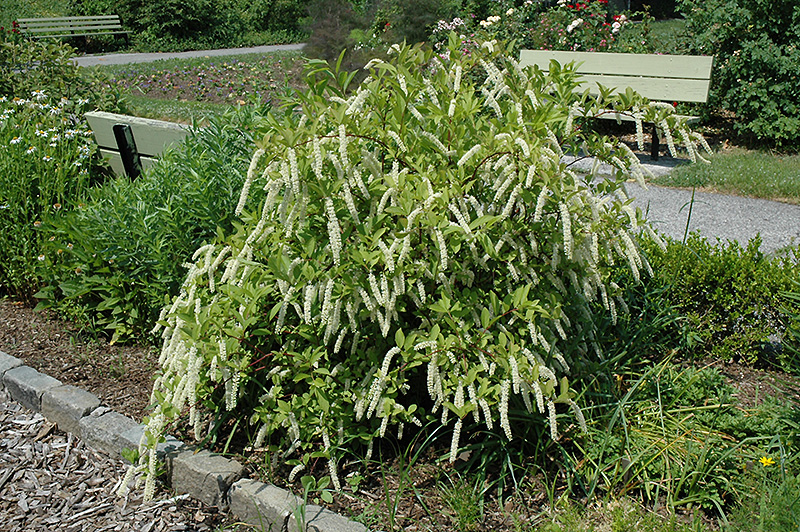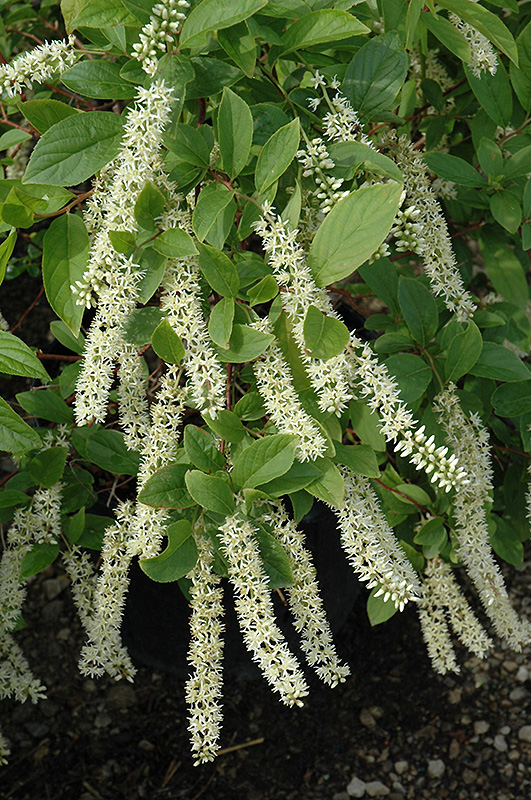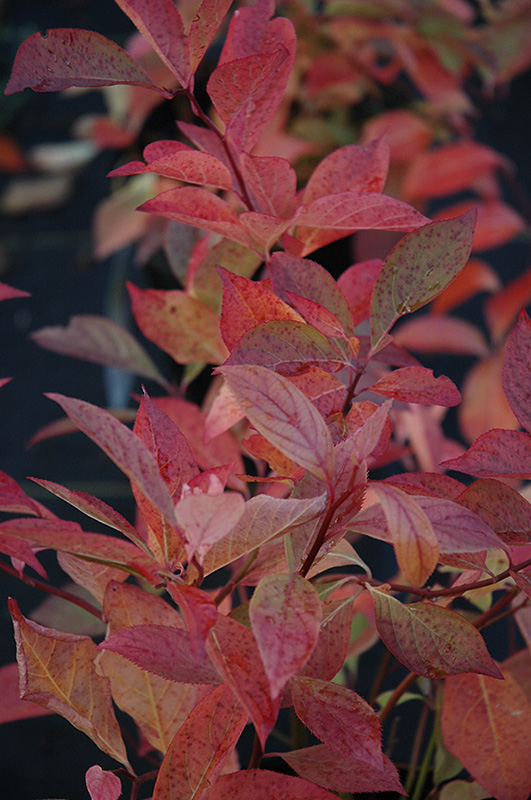Little Henry Virginia Sweetspire
Itea virginica 'Sprich'
Height: 3 feet
Spread: 5 feet
Sunlight:
![]()
![]()
Hardiness Zone: 6
Description:
A compact spreading version of this native shrub which features extremely long and narrow panicles of white flowers in early summer, consistently reddish-purple fall color; good for the garden or for naturalizing, spreads to form small colonies
Ornamental Features
Little Henry Virginia Sweetspire has racemes of fragrant white flowers at the ends of the branches in early summer. It has green deciduous foliage. The narrow leaves turn an outstanding burgundy in the fall. The purple stems can be quite attractive.
Landscape Attributes
Little Henry Virginia Sweetspire is a dense deciduous shrub with a ground-hugging habit of growth. Its average texture blends into the landscape, but can be balanced by one or two finer or coarser trees or shrubs for an effective composition.
This shrub will require occasional maintenance and upkeep, and should only be pruned after flowering to avoid removing any of the current season's flowers. It has no significant negative characteristics.
Little Henry Virginia Sweetspire is recommended for the following landscape applications;
- General Garden Use
- Naturalizing And Woodland Gardens
Planting & Growing
Little Henry Virginia Sweetspire will grow to be about 3 feet tall at maturity, with a spread of 5 feet. It tends to fill out right to the ground and therefore doesn't necessarily require facer plants in front. It grows at a medium rate, and under ideal conditions can be expected to live for 40 years or more.
This shrub does best in partial shade to full shade. Keep it well away from hot, dry locations that receive direct afternoon sun or which get reflected sunlight, such as against the south side of a white wall. It is an amazingly adaptable plant, tolerating both dry conditions and even some standing water. It may require supplemental watering during periods of drought or extended heat. It is not particular as to soil type or pH. It is somewhat tolerant of urban pollution. Consider applying a thick mulch around the root zone in both summer and winter to conserve soil moisture and protect it in exposed locations or colder microclimates. This is a selection of a native North American species.



